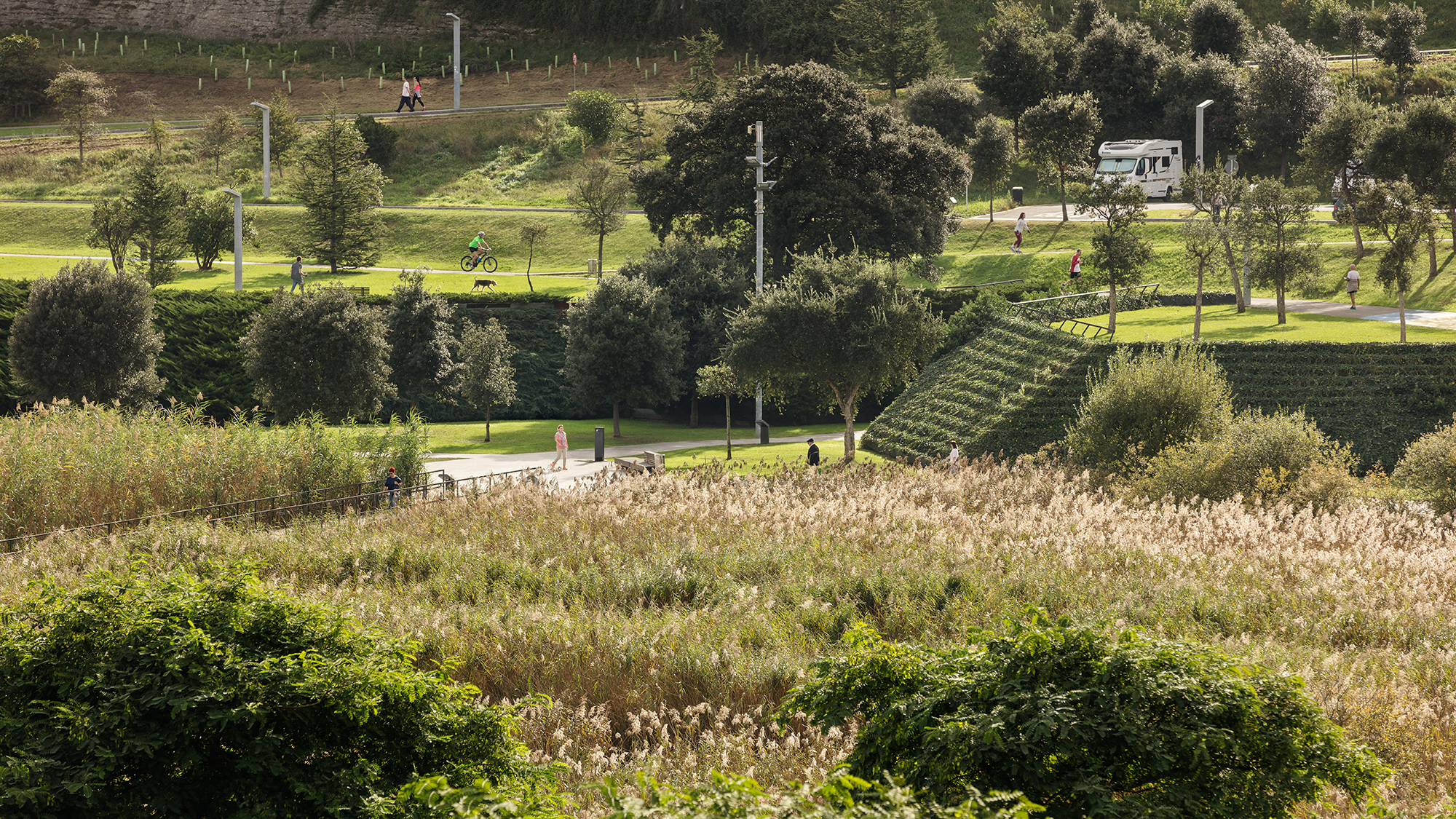
Early Progress from the D4RUNOFF Project’s Work Package One
As a multifaceted project, D4RUNOFF is divided into seven work packages (WPs). Each WP addresses specific aims that work together to deliver on the overall innovative framework. Here we will describe the initial steps of WP1, and the progress made during the early stages of the project.
WP1 deals with developing novel separation and detection methods for characterisation of urban runoff pollutants. This means developing new techniques for analysis of known and unknown chemical compounds, and consists of:
- sample collection and preparation,
- analysing samples with multiple analytical platforms,
- workflows for identifying and quantifying known and unknown pollutants,
- quality control processes,
- generating an inventory of pollutants in stormwater,
- data processing to generate chemical fingerprints of runoff,
- determining the fate of pollutants in nature-based solutions,
- risk mapping, and plenty more!
This WP is being led by the University of Copenhagen in partnership with GEUS, Aqualia, VandCenter Syd, Mitiga, Ingegnerie Toscane and University of Cantabria.
What is non-target screening?
While the project is still in its early stages, progress is already looking promising. One of the main tasks within WP1 is concerned with the development of non-target screening (NTS) workflows.
Unlike typical screening methods, which focus on a limited number of selected compounds, the aim in NTS is to analyse a wide range of both known and unknown chemicals. This generates comprehensive information about the samples that can be used to generate chemical fingerprints of pollution sources. Such fingerprints make it possible to identify novel pollutants that have previously been overlooked in environmental monitoring, and to identify main sources of pollutants in a city environment.
Developing analytical workflows for NTS involves a series of steps that must be carefully optimised to ensure accurate and reproducible results. This includes sample preparation, chemical analysis, and data processing. For each step, the choice of method depends on the type of sample being analysed and the information required from the analysis.
In the D4RUNOFF project, high-resolution mass spectrometry (HRMS) is used for chemical analysis in the NTS workflows together with liquid chromatography (LC) and comprehensive two-dimensional gas chromatography (GC×GC). Together, these analytical platforms make it possible to detect a very broad range of chemicals and gain information about the chemical structures that can be used to determine the identity of unknown compounds. Chromatographic separation is done first to separate the compounds in the sample based on their polarity (LC) or boiling point (GC) before they enter the HRMS. Here they are ionized and detected which generates the data that is later used to identify and quantify the compounds in the sample.
Pilot results from the Odense case study
Preliminary workflows for NTS have already been developed and tested at the case study in Odense. Soon they will be used to analyse runoff from across the different sample sites within the D4RUNOFF project. In Odense, pilot samples were collected from:
1) Middelfartvej
2) Bystævnevej
3) Rømersvej
4) Gartnerbyen

1: Runoff from a medium-trafficked road.
2: Runoff from a lightly trafficked road and residential area.
3: Runoff from a lightly trafficked road.
4: Runoff from a newly constructed residential area.
First, each sample was filtered and separated into its liquid and solid fraction. Each fraction was then prepared with solid-phase extraction (for the liquid) and pressurized fluid extraction (for the solid) to make pre-concentrated extracts for the chemical analysis. After analysis, the data was processed with NTS workflows as well as targeted methods to determine the concentration of selected chemicals.
Based on GC×GC-HRMS data, almost 300 compounds were tentatively identified by matching the spectral data with a library of known compounds. This provides an excellent starting point for later analysis where we will continue investigating the suspected compounds.
Furthermore, a number of compounds were quantified with LC-HRMS using analytical standards. As shown in figure 1 below, the concentrations vary between the sampling sites which indicates their different chemical composition. This can be used to generate chemical fingerprints that are characteristic for the different pollution sources.

For example, highest concentration of the compound 6PPD-Q (figure 2) was found at Middelfartvej, which is the site with most car traffic. 6PPD-Q is a transformation product of the compound 6PPD that is widely used as an antioxidant in tyres, and the pilot results suggest that traffic is a potential source of 6PPD-Q in runoff. This has important environmental implications, because previous research has shown that 6PPD-Q is very toxic to aquatic organisms, particularly several fish species.

Next steps:
- Collect runoff samples from the case study sites.
- Further develop and validate the analytical workflows.
- Test alternative methods for sample preparation and chemical analysis.
- Develop an inventory of pollutants found in urban runoff.
Stay tuned as we progress on replicating these processes at the rest of the sample sites.
Follow us on Twitter and LinkedIn for up-to-date news and progress.


